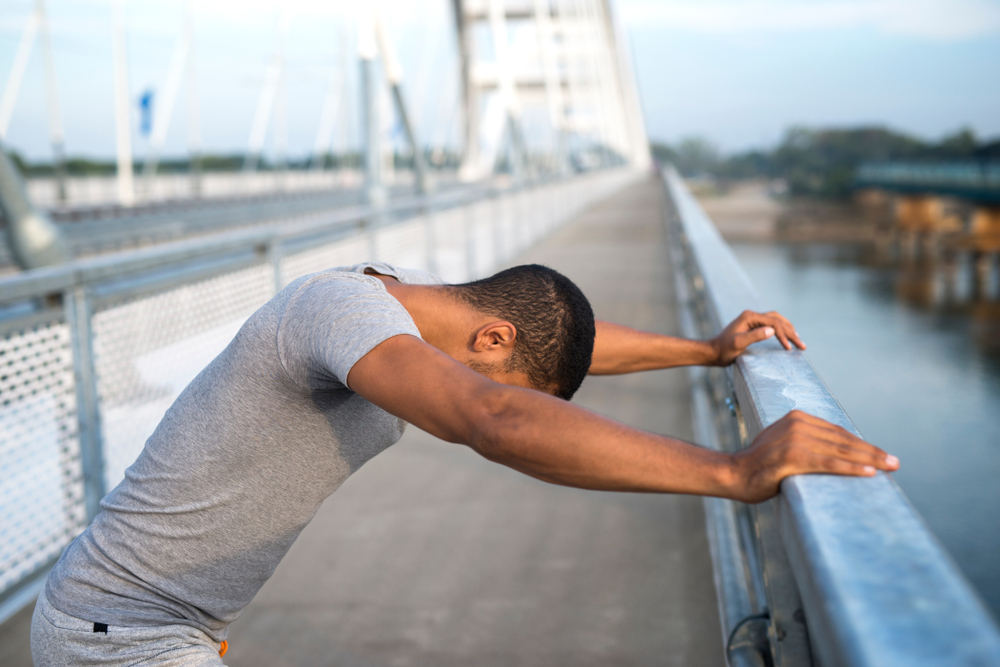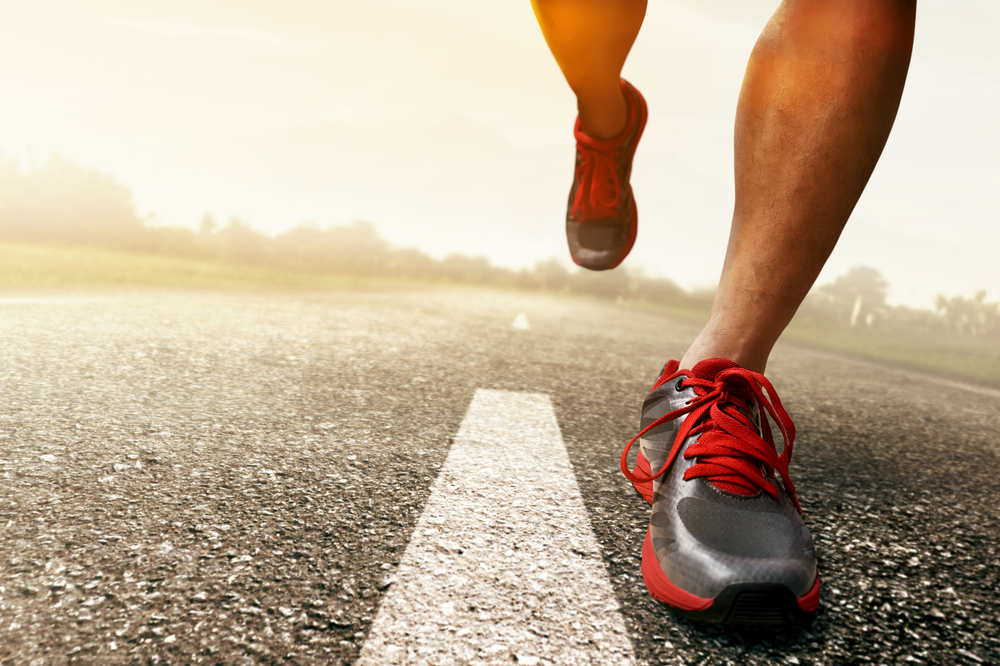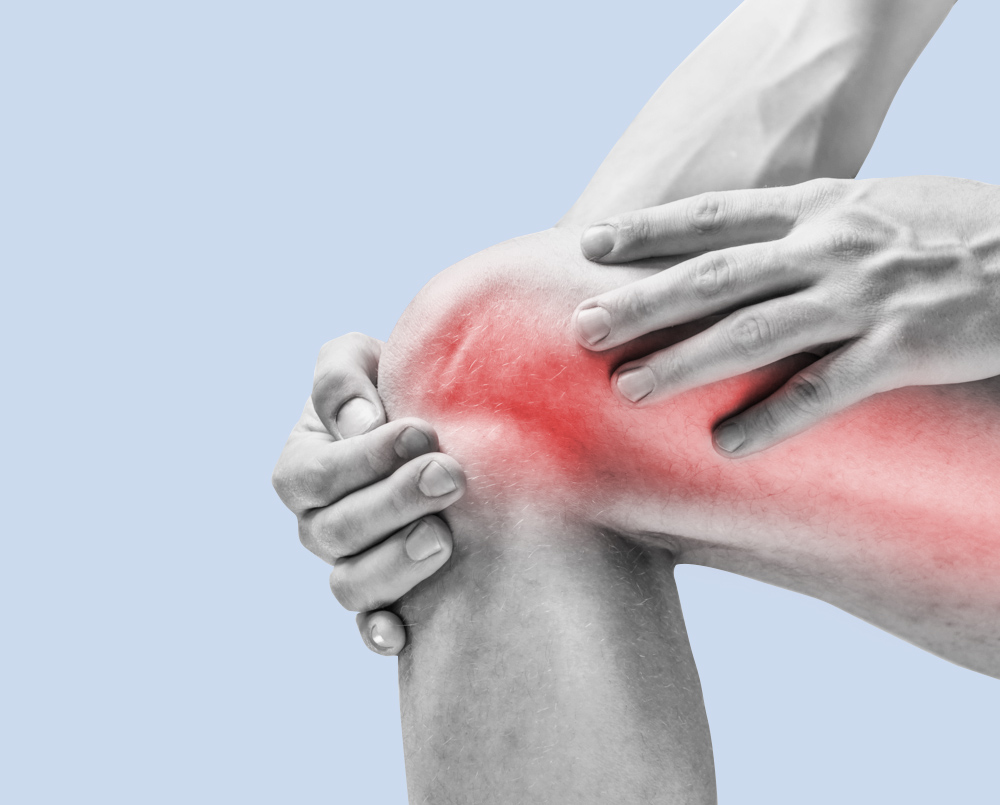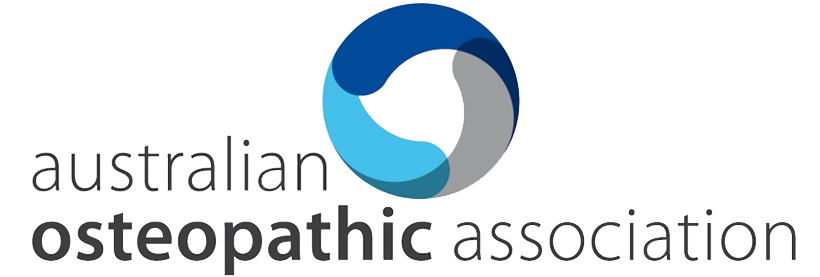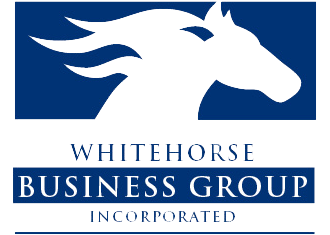From Dizziness and Fainting To Back On The Sports Field
Have you ever suffered dizziness while playing sport? Well, recently, a patient came in complaining of exactly that. He came in having suffered from unexplained dizziness and fainting that happened at random while they were active on the sports field. It had been affecting them for three or more months and was really worrying for them. Naturally, they had been to see their doctor who had run the full battery of diagnostic tests. Nothing abnormal had been revealed. Their naturopath suggested seeing someone such as myself: an Osteopath.
I was glad that they had been tested medically to rule out anything sinister. It’s the first thing that I think of… My approach was to assess their neck and spinal movements as well as any underlying tensions or abnormalities within the muscles. In this case the patient had experienced a fair amount of rough and tumble landing awkwardly on the sporting field. As a result there was muscle tension and spasm not unlike what someone experiences in a car collision aka whiplash.
After finding this, treatment involved gentle yet deep muscle massage, subtle joint mobilization followed up by tailored stretching exercises to help reinforce the changes created at the clinic. As well as that I emailed links to the videos of the specific exercises.
The patient agreed to a course of treatment over eight weeks. The outcome was that he was able to return to the sporting field with full confidence without further incidence. We wish him all the best for the rest of the season.
